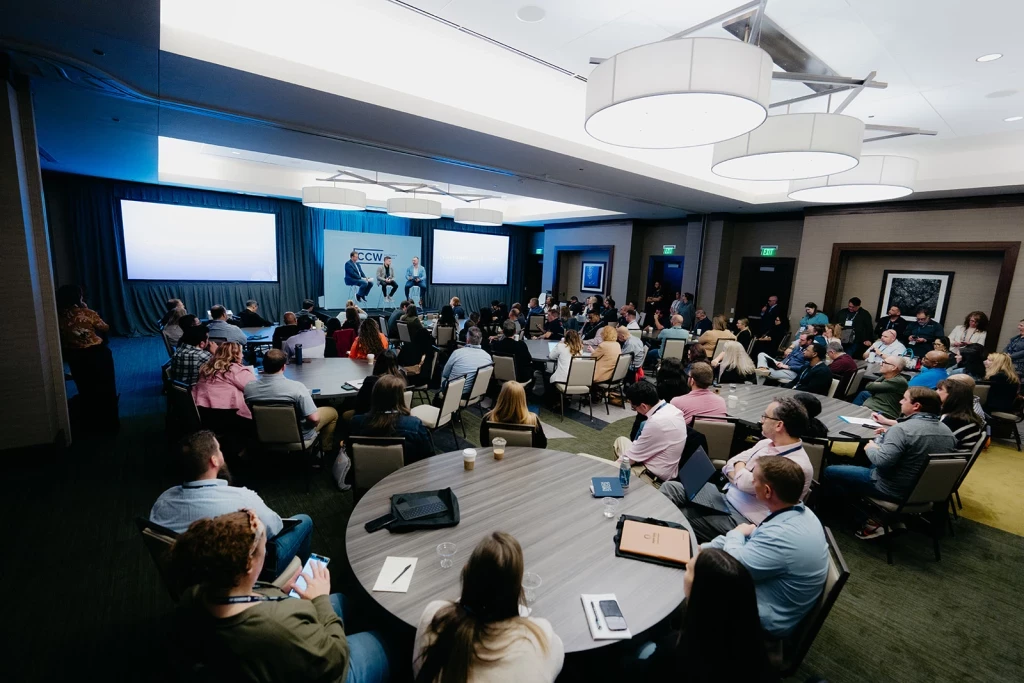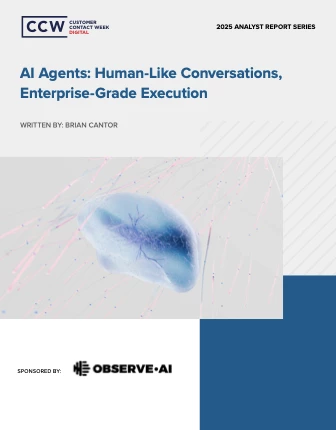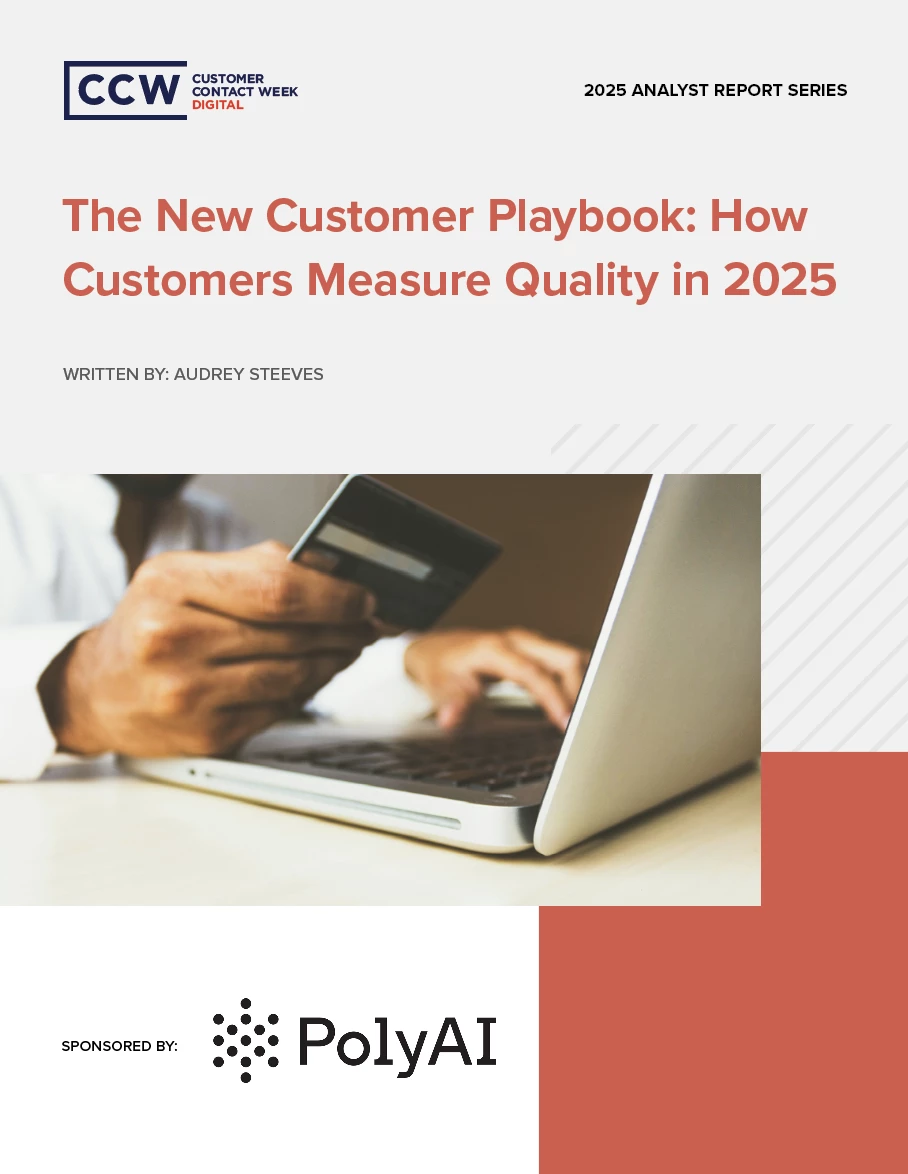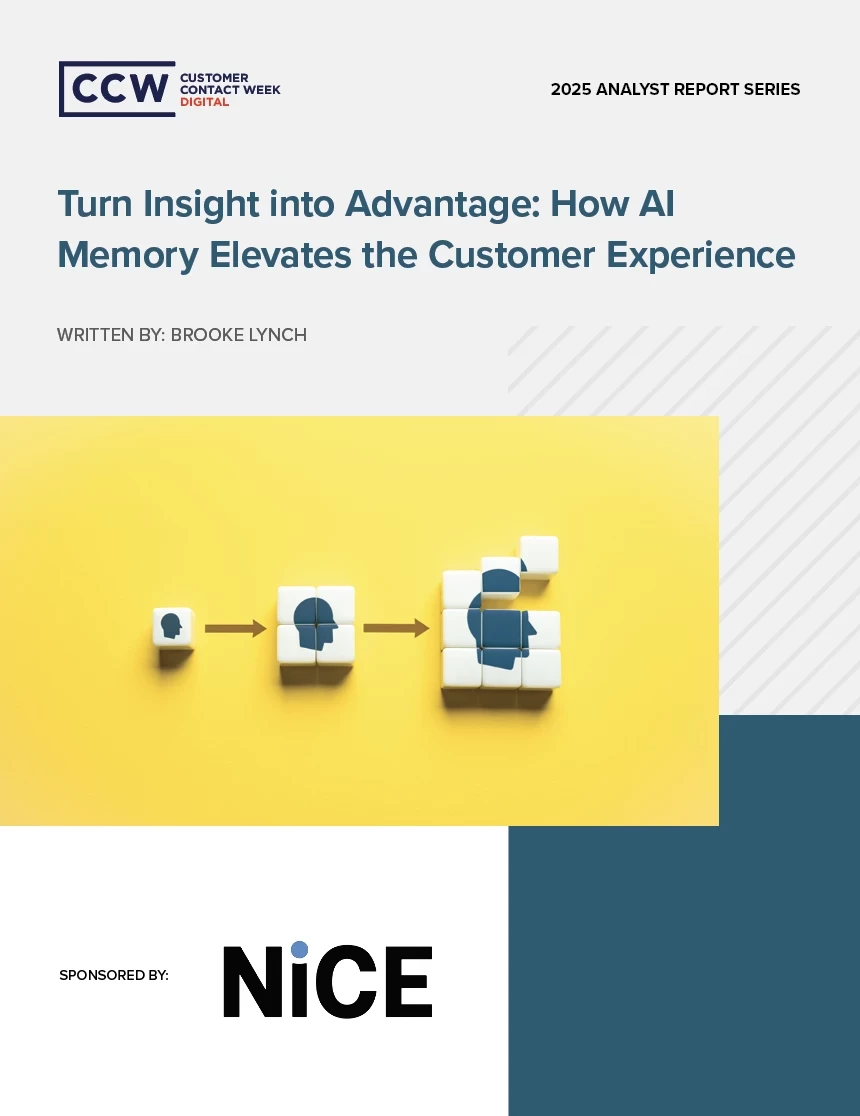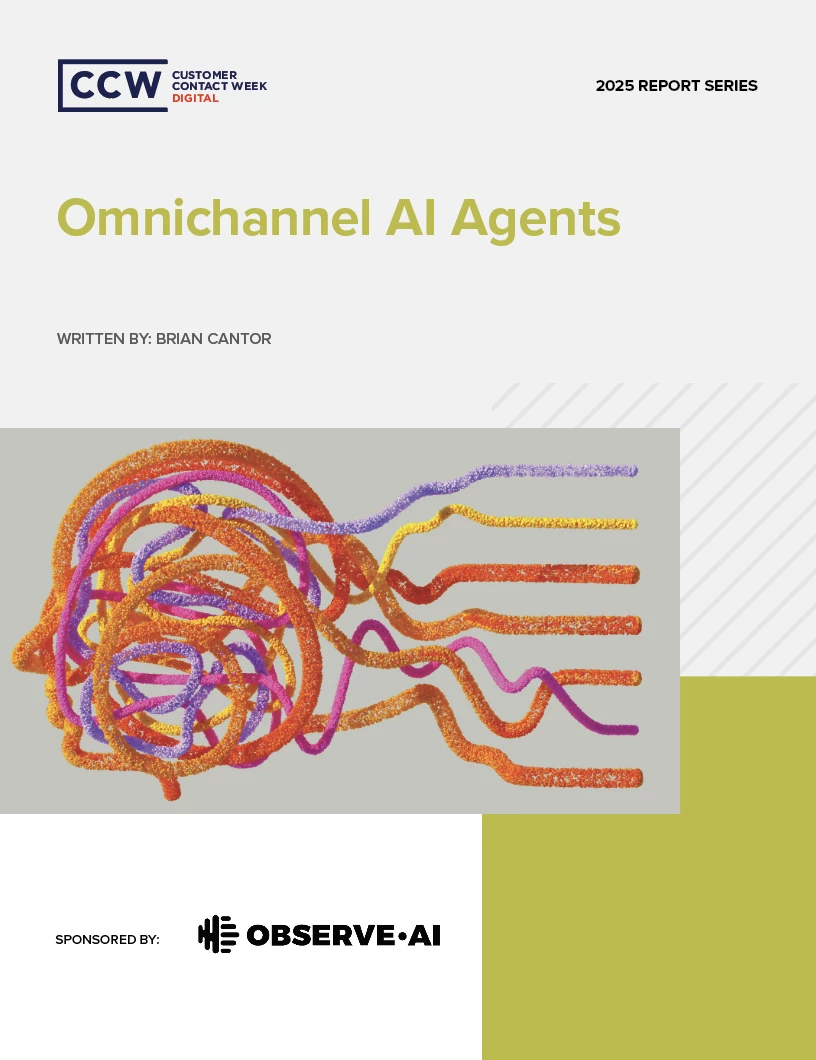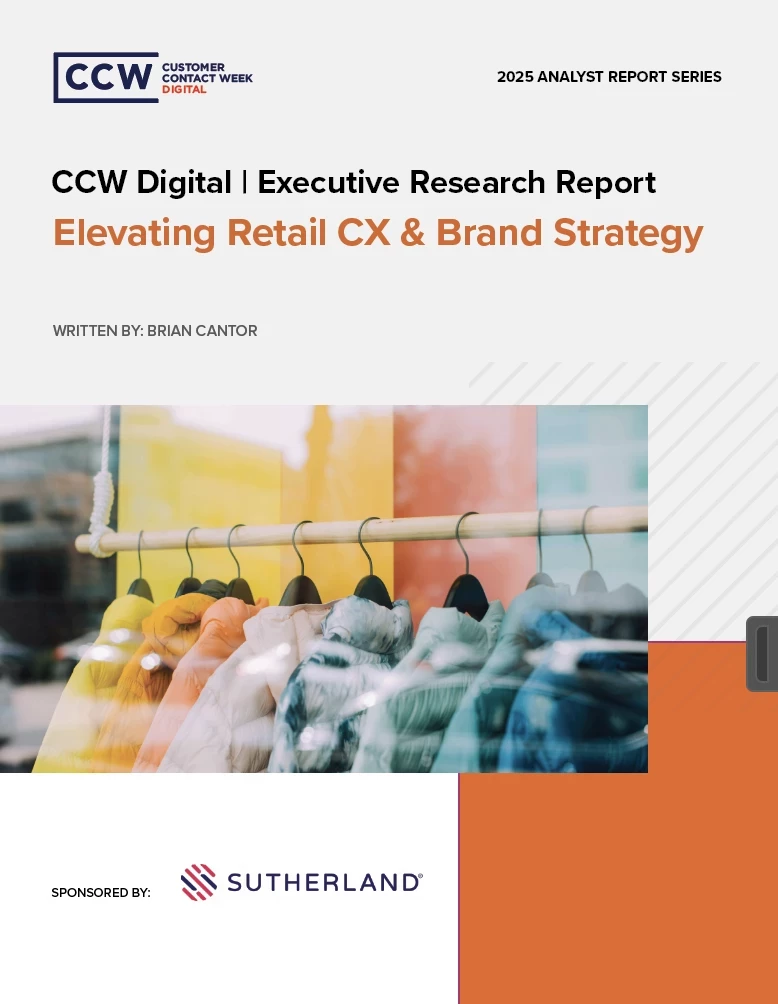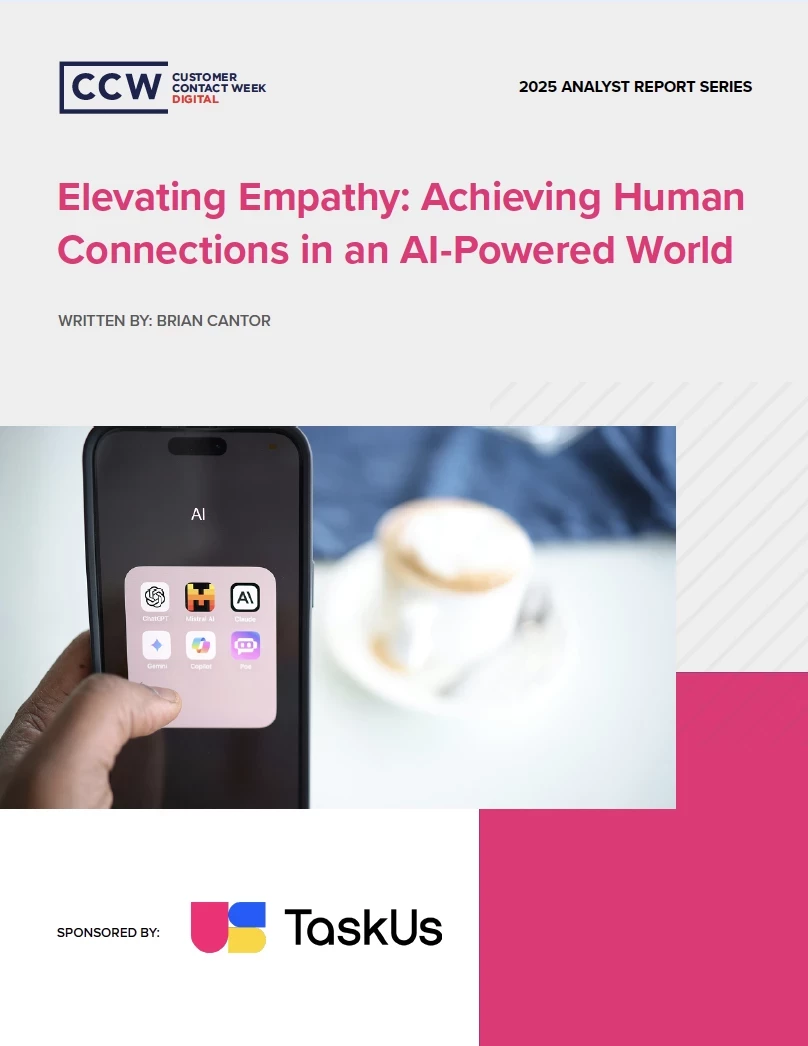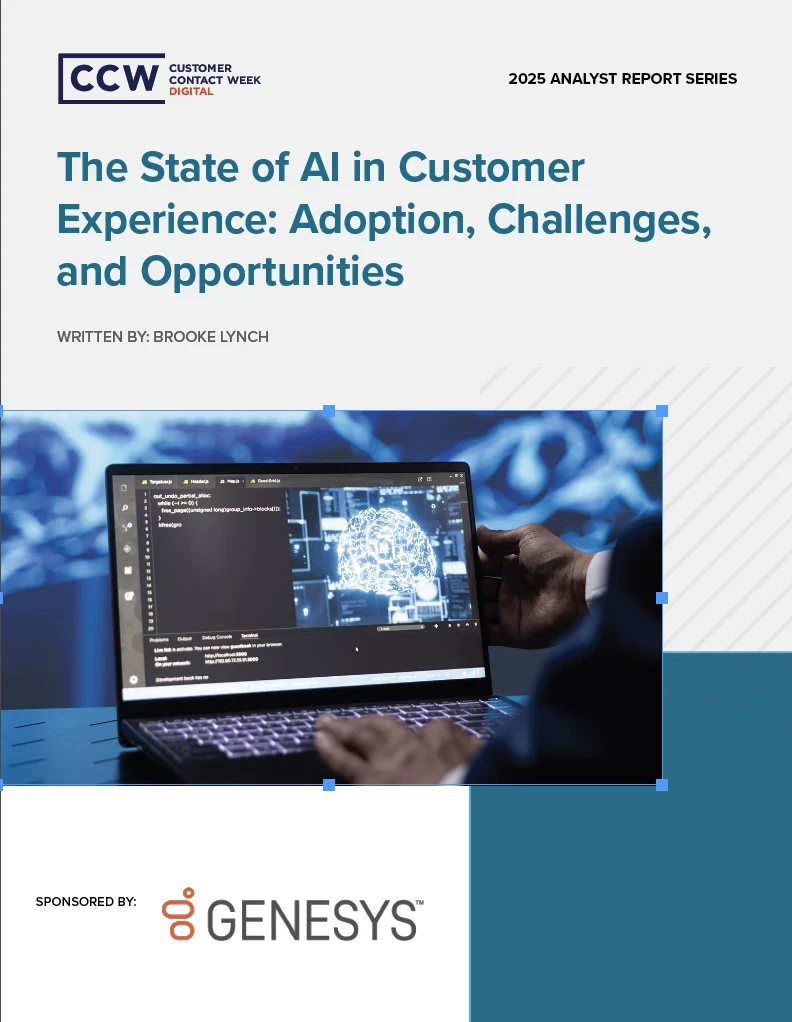Does Customer Service Have To Be About Experience vs. Environmental Conservation? Scientist Explains The Harm Behind ‘Greenwashing’ And Earth Day’s Place In The CX Space
April 22 is a day for citizens to reflect on the mark they leave on the world. But for companies, it’s a time to appeal to customers who are more eco-conscious than consumer capitalism allows.
Add bookmark
When Not Backed By Bipartisanship, Building A Better Ecosystem Was A Novel Idea
Today, Earth Day, was proposed in 1969 by Wisconsin Senator Gaylord Nelson, as a potential bipartisan effort to raise awareness of the environmental issues surrounding the planet at the time. The 1960s-1970s were a period of droughts, rising seas, pesticide poisons and erosion. By April 22 of the following year, Earth Day became a national movement across metropolitan and rural areas wherein activists and volunteers held informational gatherings, recycling programs and festivals highlighting the globe’s beauty and how we can preserve it for future generations. While some events at the onset of Earth Day were more lax, others were controversially official: Mayor John V. Lindsay, who had created the nation’s first municipal Environmental Protection Administration in New York, closed Fifth Avenue to cars in the city and delivered a speech on the importance of conservation. While some applauded the move (and others continued the tradition into 2023), others saw Earth Day efforts as distractions from more pressing issues like the war in Vietnam, inflation, the Civil Rights movement, communism, and the rise of illegal drugs as recreational pastimes.
Even so, those moved by social causes and driven to solve global issues kept pushing the Earth Day agenda. Young people were the heart of the mechanism, perhaps by design, thanks to the fact that the first Earth Day fell on a Monday which allowed students and teachers to spend time on nature walks, planting trees and flowers, and learning about the environment. Over the course of the months that followed, public support for the day became widespread. By the end of 1970, the Nixon administration had established the Environmental Protection Agency and passed the Clean Air Act.
Earth Day Is Rooted In Conservation Ideals, But Has Grown Into A Business Barricade
Just as Earth Day was cause for business concern back then, it has a complicated role in the customer service space now. Before 1970 and in some cases even after, generations of business owners and customers prided the American economy on being able to mass produce, manufacture and distribute goods of all kinds, shapes and sizes by foot, car, train, plane and ship. Environmentally questionable items like Tupperware and aerosol hair sprays were boomingly popular, and fashion manufacturing had a place in everything from aviation to activism. It seemed like for a premium price you could get anything you wanted in endless supply, in endless forms, and dispose of it in just about every way imaginable. Businesses were king even in financial turmoil, and the planet was just starting to come out from underfoot of the economic throne.
Even with inflation going on today, the consumer landscape is more robust (and complex) than ever with even more brands, technologies, mailing methods and tools available to keep customers satisfied with their purchases. The Internet is filled with omnichannel offerings, two-hour shipping options, return, refund and exchange policies that sometimes leave customers with extra goods, choices on custom and bulk ordering, and loyalty programs that encourage consumers to do everything from spend, save, conserve, and splurge, to reduce, reuse, recycle and cut down their carbon footprint.
While Big Business of the past targeted Earth Day as a threat to operations, the way the conservation day operates still includes the support of mass corporate funding from some of the very organizations who contribute to climate disasters. These details create complications around what Earth Day really means in the world of customer service and consumer-focused companies. Not only this, but Earth Day continues not to be a fully unifying idea between political parties. To date, organizations from Amazon to REI release press statements, donate sales proceeds, establish initiatives and create programs to help customers become more eco-conscious, but not every group that goes green is doing so for the right reason.
Some Companies Are Green With Envy, And Use Consumer Data To Turn Climate Care Into Cash
I’m sure you can think of a handful of companies that you enjoy for not just their products, but their commitment to the common good. I’m also certain that you can name other organizations who seem environmentally savvy on the surface, but are mostly sending mixed signals or whether the Earth Day sale they’re running is so that they can donate to the World Wildlife Foundation, or so that your 25% off plus free shipping coupon gets you to buy three times the amount of products than you usually would today. It's pretty easy for organizations to do any of these things. They do, after all, track your data and web searches (including "When is the next compost pick-up day?") to provide more intuitive customer service experiences. When it comes to Earth Day we know this phenomenon by sight, but it actually has a name: "greenwashing." Denis Hayes, an American environmental activist who coordinated the first Earth Day in 1970, calls the environmental messaging delivered by some companies “appalling,” reports The Guardian.
“[Earth Day] is abused rather frequently. Of course, it’s particularly upsetting to me when it’s an event that I’ve had something to do with. I take some solace in the fact that I think relatively few people anywhere are motivated to accept the sentiment behind ‘Earth Day at Exxon’. It just doesn’t pass the giggle test,” he says.
“In 1970, we were focusing on the fact that schoolchildren were not allowed to go outside for recess because the air was too filthy, that streams that people swam and fished in were no longer accessible because they were laced with poison, and we were spraying everything with pesticides. These were important but more local issues. Now, the big global issues like climate change and the epidemic of extinctions are more in tune with Earth Day, somewhat akin to the threat of thermonuclear war was when I was young,” Hayes adds.
When It Comes To Nurturing Nature, Is Customer Service ‘For The Birds’? Not Necessarily…

Wildlife scientist Holli Holmes tests out a digital app for data collection on mountain goats living in Northewestern Montana.
Holli Holmes, who is studying for her Masters of Science in Wildlife Biology at the University of Montana, can offer more insight on how the customer service industry, the customer experience, and corporate responsibility impact the ethos of Earth Day. Her thesis and field work focuses on harlequin ducks: sea ducks found mostly in the Pacific that spend eight months of year between the subarctic and arctic coast regions. They migrate inland to Montana to breed, and Holmes is studying them in Missoula while working to identify noninvasive survey methods, so that she and other scientists can understand how the harlequin ducks live and handle climate change without disturbing their daily habits and ecosystem. Having grown up in the mountains in Colorado, “I just always had that land ethic,” she tells CCW Digital, where regular access to public land and wildlife was integral to her upbringing. Despite also being an animal lover, Holmes opted to pursue a career in wildlife biology over being a veterinarian or a zoologist because wildlife biologists “look at populations of wildlife as a whole versus individual animals,” she explains. “I was more interested in how everything fits together: how humans use the landscape, how animals use the landscape, and how those use cases conflict.”
Having both a professional and a personal perspective on conservation as both a scientist and an American consumer, she admits that the environmental outlook on the economic state of customer service can at times be bleak:
“Studying the environment, it's really easy to feel a lot of despair and feel overwhelmed by everything even if you're doing everything right–recycle, compost, all the things they say you should do to make change. We still see these trends in climate warming and species dying off. It can be disheartening…
Having that 'trickle down' effect makes the consumer feel bad about buying from one brand over another because they’re ‘hurting the environment,’ but one person isn't making that big of an impact.”
Holmes argues that even when some brands cut down on plastic, have biodegradable offerings, and consolidate packages into smaller boxes, the amount of resources they use to mass produce products more than outweighs the environmental impact one single person’s purchase–or lack thereof–has on the global ecosystem. “The pressure we need to put on to change consumerism, it's hard to do that as one person,” she adds. That is why she believes that customer spending habits are going to be one of the best forces to move the needle on true corporate climate action.
“We vote with our money and how we spend it; there are these giant corporations that have this domain over the entire world,” she states. “If they're putting their money where their mouth is or saying but not showing what they're doing, it is something to consider if you're choosing to shop with that brand.”
The first thing Holmes recommends is to shop locally if possible, but if the product you need is only manufactured by a big business conglomerate or you’re stuck between a rock and a hard place on shopping small or maintaining loyalty status, there are still things you can do as a customer–habitually or sporadically–that are considerate of the climate. “Don’t have packages shipped to your house,” she suggested. “Pick it up at the store, even if that means not getting the 25% off discount for being a 'new customer'… we can do all these good things, but then companies need to be showing that they follow through, and we need to hold them accountable.”
Caring about the environment does not have to mean sacrificing quality customer service, she believes, but not doing so holds long-term ramifications for the planet, everyone, and everything on it. That fact is something Holmes deals with every day in the field and in her research.

Holmes poses next to a harlequin duck statue in a visitor center in Canada at Waterton Lakes National Park.
“Everything is connected, and I think they [harlequin ducks] are a really crazy example of that,” she notes. “They live in rocky coastal coastlines and then migrate to freshwater mountain streams in the Rocky Mountains. They’re very different, but those two ecosystems are connected.”
Recent news reports reveal that Exxonmobil–the company responsible for one of the world’s most massive oil spills in 1989–also made accurate scientific predictions on the future of the climate 40 years ago, to the world’s collective shock. Organizations like Exxon that supply in-demand goods but at the time strike down environmental concerns are confusing to some customers, and marr the idea that good, clean customer service is a real possibility in today’s economy. The company’s failed transport of oil–which is used for a variety of consumer products that other brands manufacture, ship and sell around the world–“has killed tons of birds and wildlife, this species of harlequin ducks included,” Holmes explains.
“There are basic risks offshore drilling, but things can go wrong… It ends up affecting ecosystems that are not even next to where the spill or accident occurred,” she has learned through her academic studies and time monitoring harlequins in their natural habitats. In terms of the ducks who swim from the sea inland to Montana, she's noticed that “these harlequins are covered in oil and then migrate to pristine streams in the mountains. There's oil trapped in their feathers, and they’re bringing these pollutants to clean waters.”
Incidents like that give a name, face, bill and feathers to some of the real-life risks that constant quick, inexpensive and innovative customer service ventures bring to the global ecosystem. The push to drill more oil, churn more products, ship more boxes, attract more consumers and ensure greater economic success puts businesses in 2023 in a very similar spot to where they were in 1970. The difference is, however, that customers have more purchasing power than ever in terms of where, how and when they spend their money. And in a time in society where more customers like Holli Holmes want to see their own concerns, ethics and intentions met with equal conviction, both sides of the cash register have an opportunity to change, in earnest, the greenwashing into green energy and good customer service.








